|
 Exiting winter months,
Illinois was in a mild drought stage. The season ahead was a gamble
few might have anticipated. Drought was soon a forgotten concern as
rain after rain saturated grounds from April up to July. Exiting winter months,
Illinois was in a mild drought stage. The season ahead was a gamble
few might have anticipated. Drought was soon a forgotten concern as
rain after rain saturated grounds from April up to July.
Farmers looked each day, as well as at the extended forecast, for
the best time to enter the field. It is a narrow window of about six
ideal condition days to plant in a normal spring.
In addition to following insurance rules that do not allow too early
planting due to potential young plant freeze, soils temps and
moisture are determinants as to when to plant. As the season
progresses it becomes a race against time for crops to reach
maturity and against insurance regulated plant-by dates.
This year heavy rains filled the standard planting time frame and
kept fields saturated.
Soggy fields pose a couple immediate problems: heavy equipment more
readily compacts soil, and seed may rot. Continued wet conditions
and flowing water may also affect nutritional needs of growing
plants.

In July, the trend changed, both corn and soybean plants quickly
made up for the late start.
If you look close at the photos you can see that most fields have
some lower areas and those small to large patches failed. Seemingly,
the yields at harvest reflect the loss of those plants.
There were also scattered fields that could not be planted this
year.
May 1, 2019
Plenty of rain has fallen regularly since just before planting
season began with several heavy rains causing creeks to flood nearby
fields. Some of those fields would recover enough to produce a
partial crop by harvest.
Kickapoo flood


Fields north of Lincoln near
Kickapoo Creek flooded time and again, drastically reducing acreage
planted.

Kickapoo, Lakefork and Salt Creeks would continue to flood nearby
fields until late in the season.
A late May overview of fields shows little progress in planting
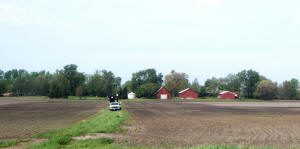
On the south east corner of
Logan County, it is now late in the planting season. This day the
farmers are taking a chance to plant with more rain still in the
forecast, but note the darkened moist areas of the fields indicating
near past saturation.
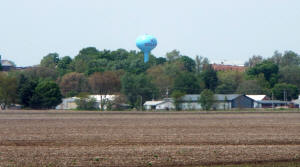
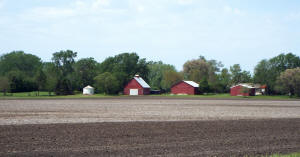
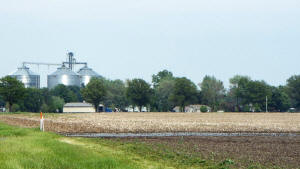

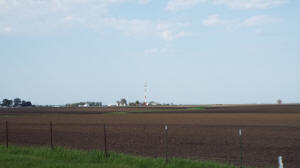

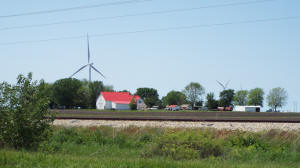
Southern and eastern Logan County fields look a lot alike,
unplanted, with a few newly planted fields showing dramatic moisture
variances, some with water in lower lying areas.
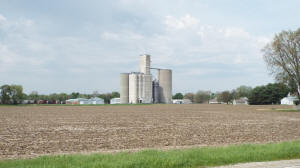
Nothing happening at Kenny.
June 4
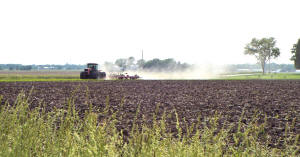
Note the development of leaves on trees and growth of weeds while
many fields remain unplanted.
[to top of second column] |
 June 15

While many fields were still
not in on June 1st, some area farmers were now faced with what to do
in the middle of June when the crop drowned, as seen in this corn
field at Kenny.
On June 19, 2019 the USDA announced that due to the extraordinary
weather events Illinois has experienced in crop year 2019, Illinois
Farm Service Agency State Executive Director William Graff approved
an extension to all counties in Illinois, for producers without
insurance or NAP coverage, to file a prevented planting claim by the
final acreage reporting date of the crop.
June 24
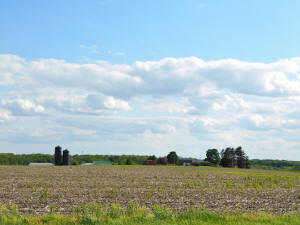

Looking east of Lincoln, nearing Clinton, this field eventually made
it in and like many fields held sparse areas.
July 2
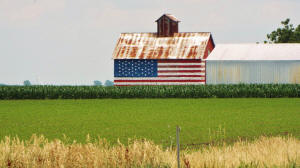
What a difference some luck and a couple weeks make. By early July
the story of 2019 was mostly written. Fields that were in, began a
quick catch up. Note the right edges of the afore soybean field look
a little sparse where water had pooled, a common sight throughout
the region.

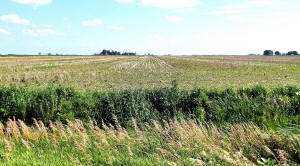
Nothing has happened yet in this field east of Lincoln.
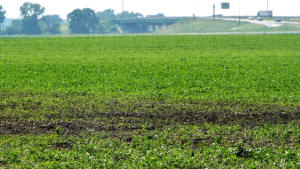
Near the Mount Pulaski exchange, the field spent a lot of time water
logged. Note the darkened failed patch, which represents what
happened in most fields, thereby reducing yields at harvest.
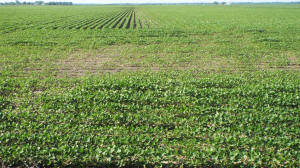
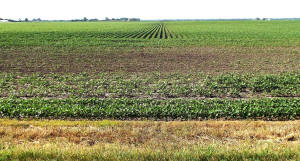
Fields east of Lincoln show the same low patches where growth was
retarded or plants failed to thrive.
Oct 29
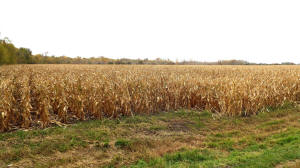
Higher ground of a flood prone
area produced a nice stand of corn.
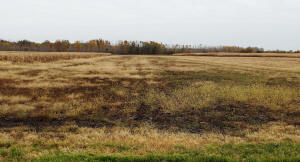
Lower ground, failed.
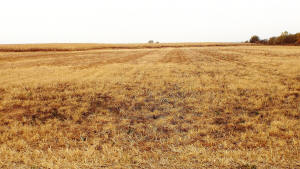
Another field of lower ground
between surrounded by higher grounds was not planted.
|
Read all the articles in our
new
2019
Fall Farm Outlook Magazine
|
|